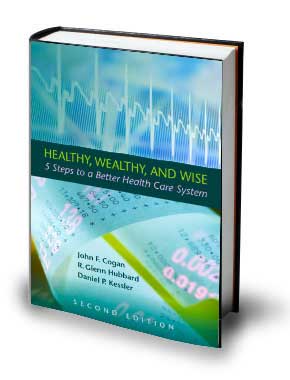 Welcome as it is, progress toward finally capping the gulf oil leak hasn’t resolved the biggest conundrum facing President Obama before the midterm elections. That conundrum, which reclaims center stage in Washington this week, is this: Why is unemployment so high?
Welcome as it is, progress toward finally capping the gulf oil leak hasn’t resolved the biggest conundrum facing President Obama before the midterm elections. That conundrum, which reclaims center stage in Washington this week, is this: Why is unemployment so high?
The whodunit has flummoxed economists in both parties for a year. In 2009, as the new Obama administration grappled with the financial crisis, joblessness rose nearly two points beyond customary recession forecasts.
Part of the uncertainty concerns why. More consequential now, as the administration and Congress determine what to do, is whether the unemployment spike reflects a short-term or permanent shift in demand for workers.
“The stakes are enormous,” said Alan S. Blinder, a Princeton economist who advised President Bill Clinton, because the answers are “going to dictate the pace at which jobs come back.”
And that, in turn, may dictate whether Democrats keep control of Congress or surrender at least one chamber to Republicans. So long as the job market remains weak, even substantial achievements like the passage of new financial regulations won’t alleviate voter discontent with the party in power.
With eight million jobs lost since the recession began, “We’re climbing out of a gigantic hole,” said David Axelrod, Mr. Obama’s top political adviser. “Until we fill the hole, we’ll get limited credit.”
Breaking Okun’s Law
Unemployment began rising steadily as Mr. Obama, then a senator, wrapped up the Democratic presidential nomination in 2008. That May, the jobless rate increased to 5.4 percent; by December it reached 7.4 percent.
In January 2009, Mr. Obama’s economic advisers predicted that unemployment would peak around 8 percent if Congress passed their recommended stimulus program. As Republicans never tire of pointing out now, the rate hit 10.1 percent by October and has fallen less than one percentage point since.
In part, the White House responds, that’s because contraction of economic output was much larger than expected. Yet the rise in unemployment far exceeded what economists would have forecast even had they known that. Under Okun’s Law, a formula for the relationship between output and unemployment described by the 1960s-era White House economist Arthur Okun, the jobless rate at the end of 2009 would have been around 8.3 percent instead of 10 percent.
“I don’t blame the administration for being off in these forecasts,” said R. Glenn Hubbard, dean of the Columbia Business School and chairman of the Council of Economic Advisers under President George W. Bush. He called the rise in unemployment “a mystery.”
Christina Romer, who leads the council now for Mr. Obama, said, “We’ve done a lot of things to look at possible explanations.”
Analysts looked into whether the troubled housing market created “job-lock” by preventing potential employees from selling homes and moving toward new opportunities. They also considered whether extended unemployment benefits deterred others from going back to work. But they concluded that such factors couldn’t explain the magnitude of job losses.
Instead, their analysis pointed toward the effect of the financial crisis on business owners who reacted to the fear and uncertainty by laying off employees in extraordinary numbers.
The $787 billion stimulus law has lifted employment by roughly 2.5 million jobs, outside analyses have found, but that has not been enough to reduce the unemployment rate substantially. Nor are there signs that business investment or consumer demand will do so soon.
Finding a Path Out
A rapid productivity increase, as businesses got more output from fewer workers, raises the possibility that employers might make do with smaller payrolls long after economic conditions improve. “That’s the million dollar question,” Ms. Romer said.
She and Mr. Hubbard agree that such a permanent shift is unlikely. But unsurprisingly, they disagree sharply on how to accelerate hiring now.
Mr. Hubbard suggests reduced business taxes. And he insists that Mr. Obama will deter small business hiring if he allows the Bush tax cuts for the highest earners to expire, since many of those earners run small businesses.
Obama advisers say extending those cuts would be an inefficient way to spur hiring. They favor two measures the Senate returns to this week: extended benefits for the unemployed, who they say are more likely to spend and spur the economy than top-earners are, and a new $30 billion small business lending program.
For Mr. Blinder, the former Clinton adviser, that doesn’t go far enough. He favors New Deal-style hiring of workers onto public payrolls, since “we’re in pretty much a jobs emergency.”
At the White House, Mr. Axelrod says voters “aren’t necessarily prepared to turn back” to the Republicans he says “dug the hole” of joblessness to start with. But unless Democrats make that argument more effectively, the jobs emergency will remain a political emergency for Mr. Obama and his party.
By John Harwood of The New York Times.
Read the article at The New York Times.







